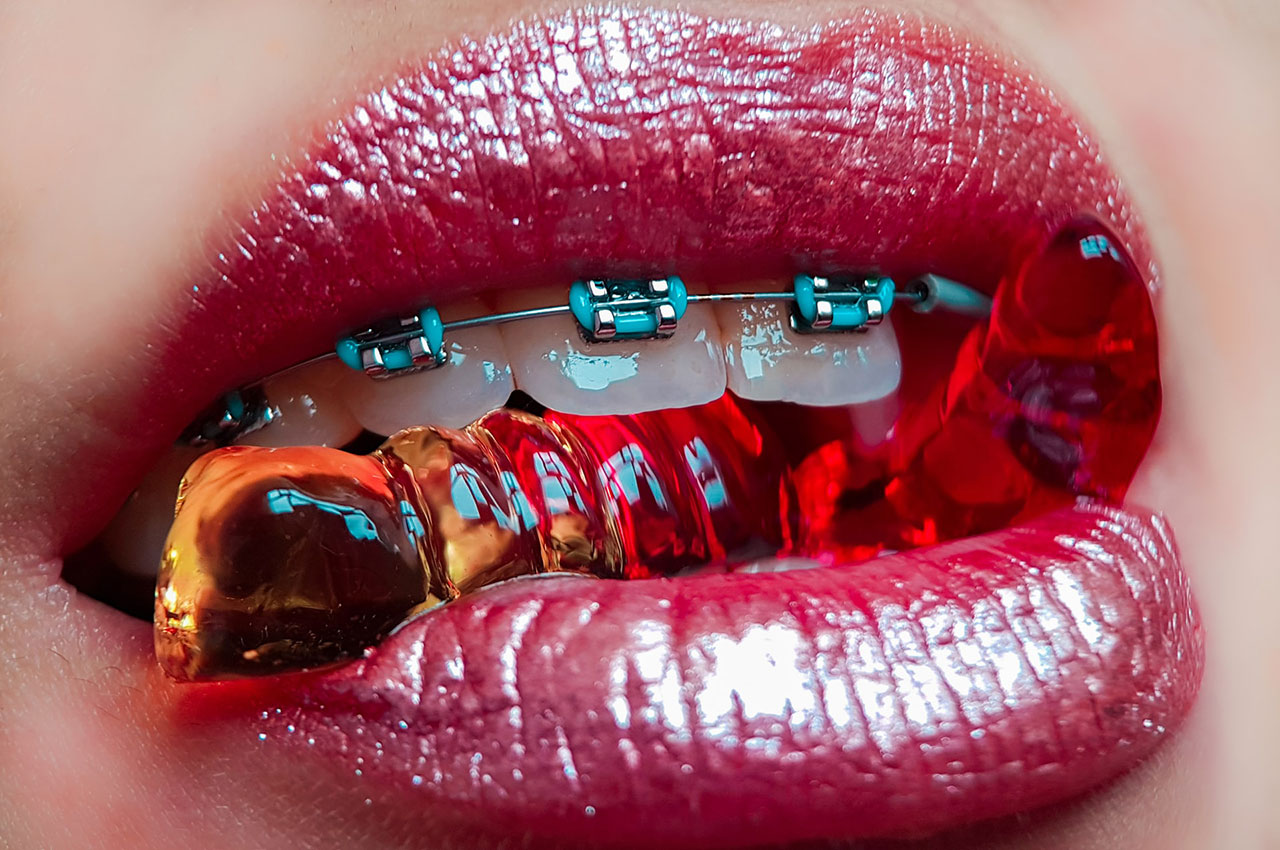5 Different Types of Braces and Their Uses
Your dentist may recommend several types of braces to straighten your teeth, including regular metal braces, ceramic braces, lingual braces, and Invisalign, all of which differ in look and treatment time, cost, and placement on your teeth or mouth. The benefits and drawbacks of each method must be considered while choosing the best course of treatment for a given patient.
Different Types of Braces
Please consult an experienced orthodontist for advice and help on the best course of action for your child or yourself. The following are some examples of orthodontic braces that you or your child could wear:
 1. Invisalign
1. Invisalign
Instead of brackets or wires, Invisalign uses a set of clear plastic aligners worn over the teeth to correct misalignment. Removing and replacing these aligners with the next in the series every two weeks during treatment is simple. The typical number of aligners required to complete the job is between 18 and 30.
2. Traditional Metal Braces
Braces made of metal are sometimes referred to as “conventional.” Recent advancements in this design have utilized nickel-titanium rather than stainless steel. Traditional braces have the problem of discoloring the teeth and being quite visible.
For people who are allergic to nickel, gold-plated braces are an option (as you might for fillings). Bonding is the technique through which steel brackets and wires used in traditional braces are bonded to each tooth. These are the least priced brace choices.
3. Ceramic Braces
The brace is fastened to each tooth separately, just like normal braces. The biggest difference is in the material utilized and the final appearance. Because of their translucent nature, ceramic braces are commonly referred to as “clear braces.”
A metal line that connects a ceramic component to a tooth is still noticeable on both the top and bottom rows of teeth. Ceramic braces give a more appealing appearance but are less durable. Because they are so fragile, they are prone to breaking.
4. Lingual Braces
Because they are buried beneath the teeth, lingual braces are invisible from the front. As the name implies, Lingual braces are inconvenient because they limit the ability to move the tongue. Due to linguistic limits, many wearers have difficulties speaking at first. They are more expensive and more difficult to keep up with.
5. Clear Braces
Clear Braces are clear plastic aligners that are worn for a specified amount of time. You can take your braces off when it’s time to eat or brush your teeth. A new pair of trays, or aligners, is placed in the mouth once the teeth have adjusted to the current alignment phase.
These are almost inconspicuous because no wires or tightening are required. Clear braces, such as Invisalign, Originator, and ClearCorrect, can be removed for eating and brushing. These procedures can be provided by dentists and orthodontists, but they are not typically used for considerable corrections.
Conclusion
Thanks to modern technology, making a selection can be difficult with so many options available. The simplest selection method is to determine which choice suits your specific scenario. And you can find out by chatting with a professional after they have examined your orthodontic treatment plan.



0